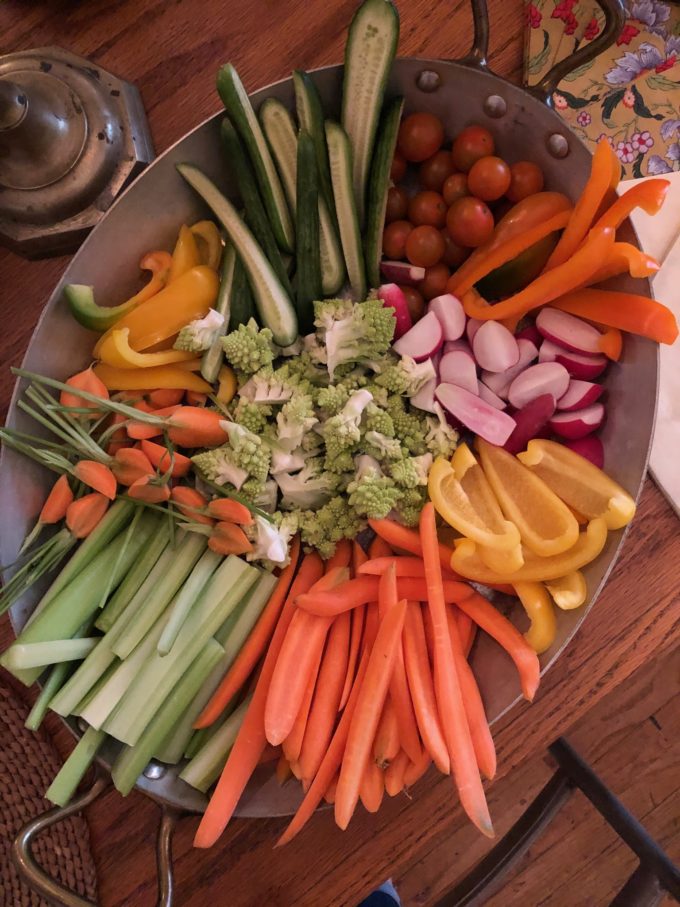
Guest post by Caroline Markowitz – MS candidate in nutrition and exercise physiology at Columbia University
Whether from the film Game Changers (I won’t even go into this) or the environmental movement, the term “plant-based diet” has been frequently thrown around. And it is often used inaccurately. The term “plant-based” is vague and can lead to confusion. However, its meaning is simple: a diet based on plants.
This does not mean vegan, vegetarian, raw, gluten free, keto, paleo…nor any other fad diet.
I once heard Mark Bittman, the esteemed food journalist/author, explain that for both our health and that of the planet, meat should be thought of as a condiment. Eating a plant-based diet means that your meals revolve the heaviest around plants, accessorized with fish, meat, eggs and dairy. Plants do not only refer to leafy greens and fruit, but also legumes (i.e. chickpeas, lentils, kidney beans), whole grains (i.e. quinoa, oats, barley), tubers (i.e. potatoes, sweet potatoes, beets), nuts and seeds.
Some people seem to equate “plant-based” with vegan. I find fault in this because the word “based”, according to Merriam-Webster means “to make, form or serve as a base for.” Plants serve as the base of the diet, but they are the not the sole components of a meal.
Chances are, many of you already eat this way, especially if you make a conscious effort to consume majority whole foods with minimal ultra-processed foods like packaged snacks and dairy meat. If you are trying to eliminate or reduce meat consumption, eating a plant-based diet will help you on this journey whether inspired by health, environmental or ethical reasons. It’s almost silly that eating mostly plants must be termed, because this way of eating has been proven beneficial for heart and overall health for years.
As Michael Pollan says, “Eat food. Not too much. Mostly plants. ” (Food Rules).